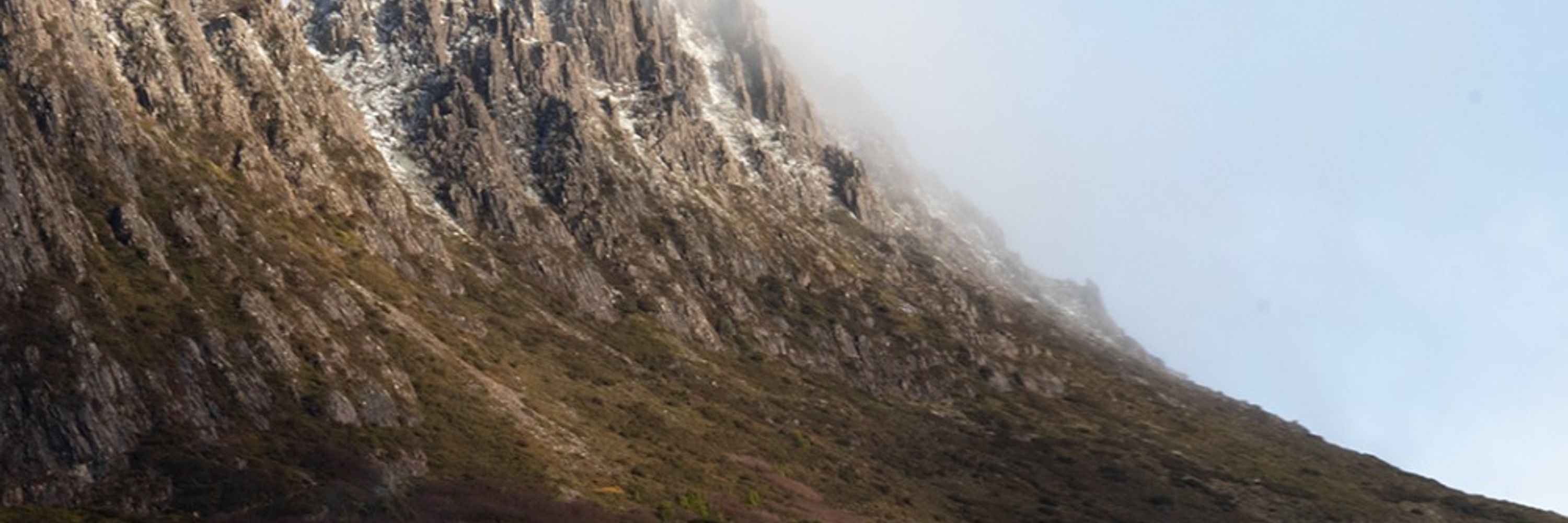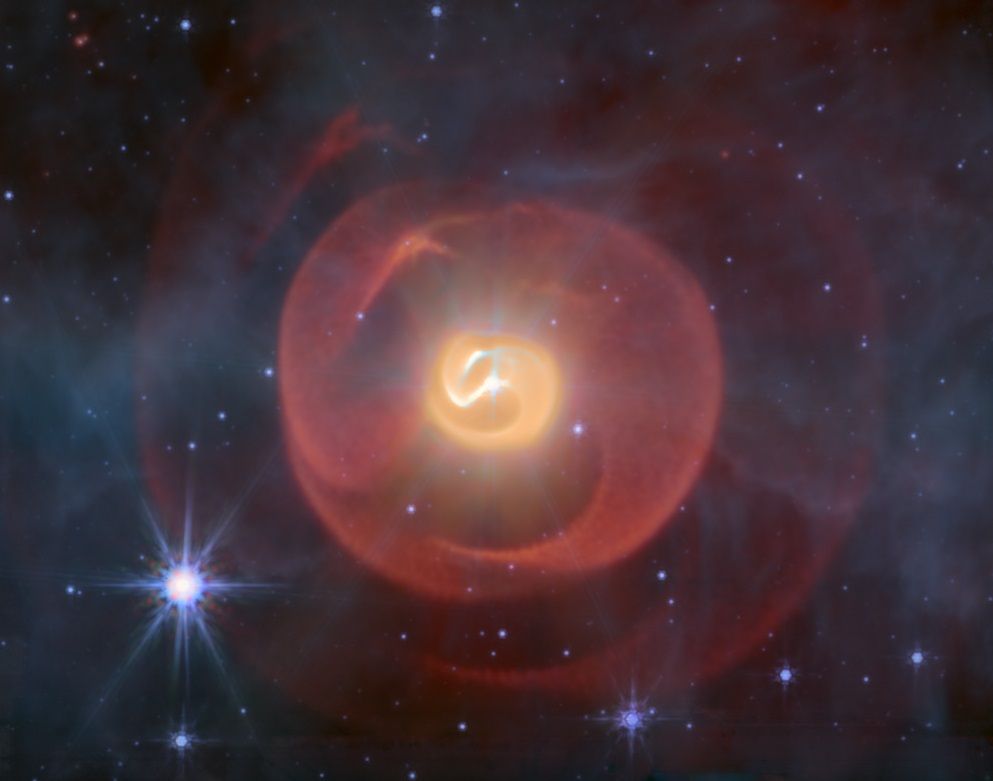Ryan White
@astroryan.bsky.social
1.2K followers
430 following
380 posts
Astrophysics student at Macquarie University, retired artist, bread obsessed. Studying cool (but actually quite hot) stars 🌟 @astrobites.bsky.social author 🪐 i have art too! @ryanwhiteartist.bsky.social 🖌️
ryanwhite1.github.io
(he/him)
Posts
Media
Videos
Starter Packs
Pinned
Reposted by Ryan White
Reposted by Ryan White
Reposted by Ryan White
Reposted by Ryan White
Reposted by Ryan White
Reposted by Ryan White
Reposted by Ryan White
samuel mehr
@mehr.nz
· 10d
Reposted by Ryan White
Reposted by Ryan White
Reposted by Ryan White
Reposted by Ryan White
Reposted by Ryan White
Reposted by Ryan White
















